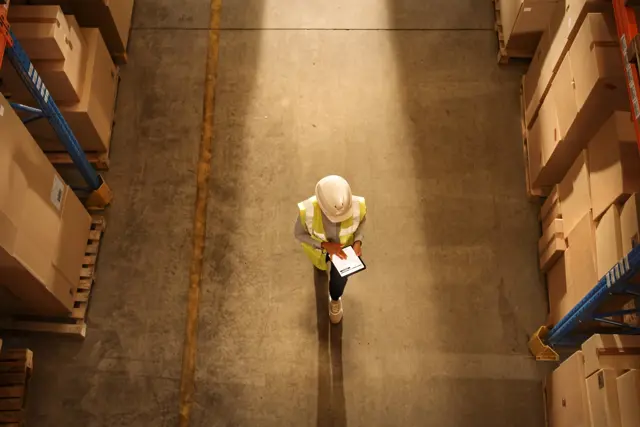Data and technology keep you in business
McKinsey Consumer and retail industries found that digital leaders generated 3.3 times the total returns to
shareholders (TRS) of digital laggards between 2016 and 2020. So you have to innovate relentlessly, constantly.
A top-notch customer experience, efficient operations and smart forecasting are the core elements of a futureproof retailer. But these elements are not fixed objects. Customer expectations and circumstances evolve, supply chains shift, and forecasting will not always reach the same conclusions. Therefore, agility is required to be able to respond quickly to trends and developments. If a modern retail platform is your engine to adapt, then data and AI is your fuel. Just remember that technology alone will not get you there.
Do you want to step into the metaverse, support community group buying or prove the sustainability
of your product with data? Or do you want to use augmented reality to introduce customers to your product
or service at home and in your store? Whatever innovative step you want to take, you need to become agile and data driven. Customers are no longer loyal. Instead, they want the best service at the best price. And they want it now. Therefore, you need to adapt as quickly as possible, not with a bang, but step by step. Projects have to be iterative and short, so you can validate, test and roll out, and scale up ASAP. We are talking about weeks, not months.
Start with a growth mindset
Many retailers are shackled to legacy technology, outdated business models and a traditional mindset.
Starting an innovation team and purchasing a modern e-commerce platform and AI is not enough to put you
ahead. All of your employees need to feel the urge to change for the better. That means an open culture, embracing challenges, moving on when things get tough, seeing efforts as the path to mastery, learning from
criticism and finding lessons and inspiration in the success of others. In other words, you will first have to change into a learning organisation with a growth mindset.
A retail platform that sets your business free
Foundational to achieving agility is a platform that gives you the freedom to innovate. You do not want a technical prison where you spend a lot of time on maintenance. Instead, you need a cloud platform specifically for retail that gives you control over your entire chain and on which you can instantly connect to new technologies. You have to integrate your stores, online shops and supply chain right now to see and seize opportunities. AI-driven demand forecasting, augmented reality for consumers and front-line workers, voice commerce or a new chatbot. If the technology is there, you want to be able to experiment with it as quickly as possible and scale it up if it seems successful.

Leverage data with AI
So, you need to understand what is going on and how you will adjust accordingly. That requires an understanding of your supply chain, and your inventory levels in your stores and warehouses. This is so you can distribute more efficiently and see which products are selling best and where they are selling from. At the same time, you want to extract all kinds of trends from your sales data and compare them to trends, from behaviour in your stores, and on your website to the weather and world news. You can calculate this by hand, but AI can do this much faster and better. AI is not cheap, but if you do it right it will pay you back many times over. But you must treat AI right and integrate it well throughout your organisation. If you don’t have a certain analytical maturity throughout your organisation then your AI will fail. This is the fate of 85% of all AI projects. The learning here is that AI is not a project: AI is like a child you have to raise continuously. If you don’t, at some point the algorithm will give the wrong output and you will either no longer be able to steer, or you’ll be sent in the wrong direction. Forecasting is not looking back with an outdated algorithm. A typical AI product has a shelf life of fewer than three months. After that, it will be useless because the market has changed. Technology is not transforming, it’s people’s behaviour. Technology is only an enabler.


